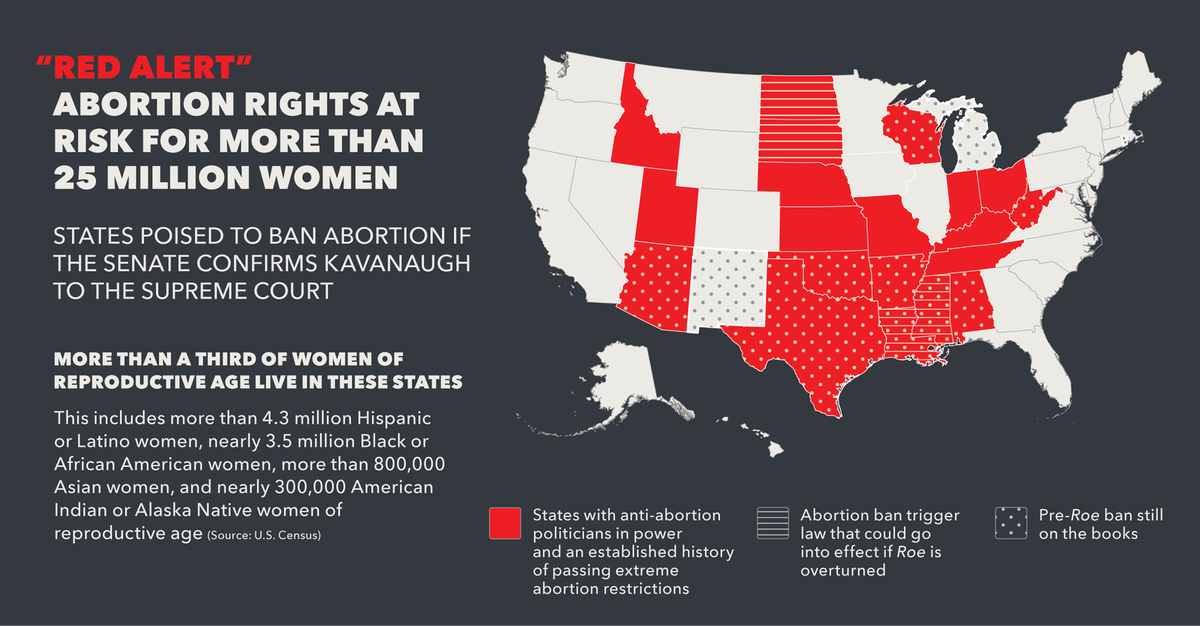 The regional directors of UNFPA, UNICEF and WHO call for urgent international action to end the ongoing attacks on hospitals in Gaza.
The regional directors of UNFPA, UNICEF and WHO call for urgent international action to end the ongoing attacks on hospitals in Gaza.
We are horrified at the latest reports of attacks on and in the vicinity of Al-Shifa Hospital, Al-Rantissi Naser Paediatric Hospital, Al-Quds Hospital, and others in Gaza city and northern Gaza, killing many, including children. Intense hostilities surrounding several hospitals in northern Gaza are preventing safe access for health staff, the injured, and other patients.
Premature and new-born babies on life support are reportedly dying due to power, oxygen, and water cuts at Al-Shifa Hospital, while others are at risk. Staff across a number of hospitals are reporting lack of fuel, water and basic medical supplies, putting the lives of all patients at immediate risk.
Over the past 36 days, WHO has recorded at least 137 attacks on health care in Gaza, resulting in 521 deaths and 686 injuries, including 16 deaths and 38 injuries of health workers on duty.
Attacks on medical facilities and civilians are unacceptable and are a violation of International Humanitarian and Human Rights Law and Conventions. They cannot be condoned. The right to seek medical assistance, especially in times of crisis, should never be denied.
More than half of the hospitals in the Gaza Strip are closed. Those still functioning are under massive strain and can only provide very limited emergency services, lifesaving surgery and intensive care services. Shortages of water, food, and fuel are also threatening the wellbeing of thousands of displaced people, including women and children, who are sheltering in hospitals and their surrounds.
The world cannot stand silent while hospitals, which should be safe havens, are transformed into scenes of death, devastation, and despair. Decisive international action is needed now to secure an immediate humanitarian ceasefire and prevent further loss of life, and preserve what’s left of the health care system in Gaza. Unimpeded, safe and sustained access is needed now to provide fuel, medical supplies and water for these lifesaving services. The violence must end now.
Ms. Laila Baker, UNFPA Arab States Regional Director; Ms. Adele Khodr, UNICEF Regional Director for the Middle East and North Africa; Dr. Ahmed Al-Mandhari, WHO Regional Director for the Eastern Mediterranean




